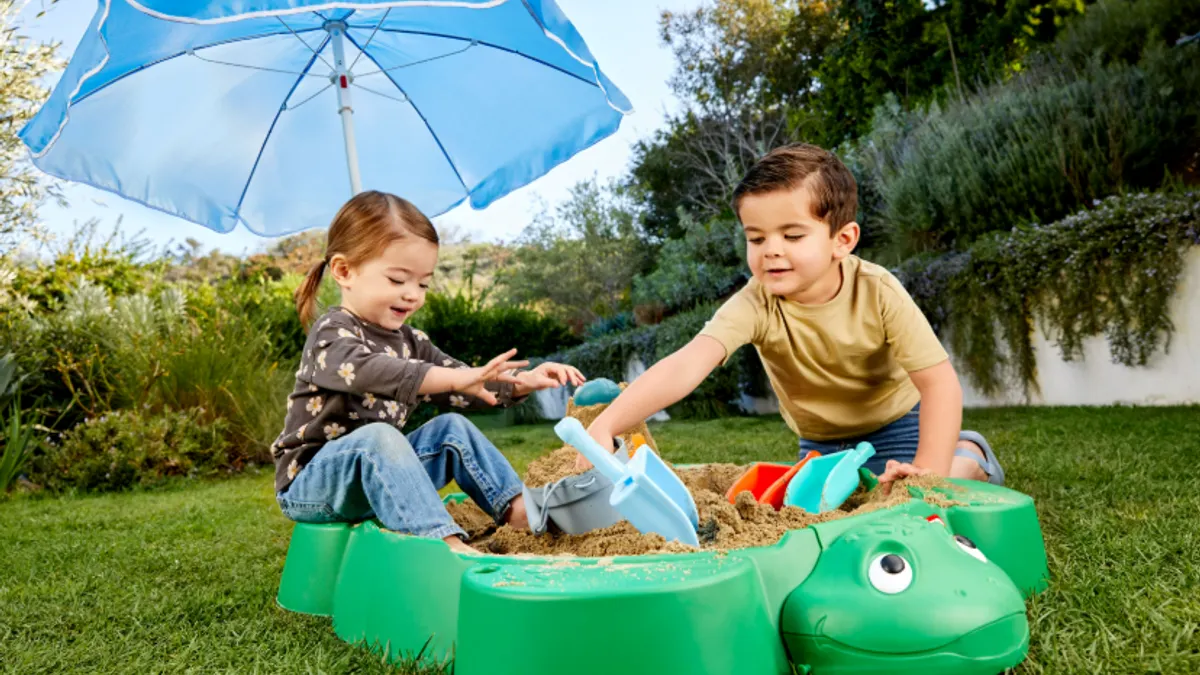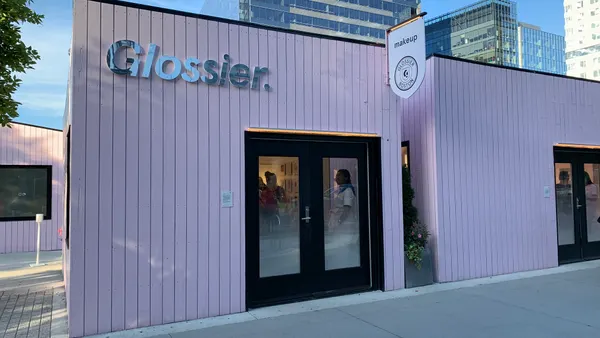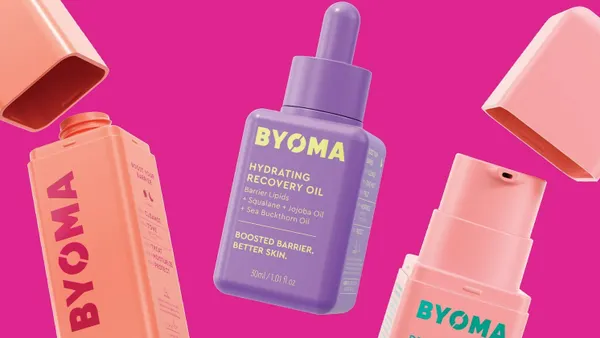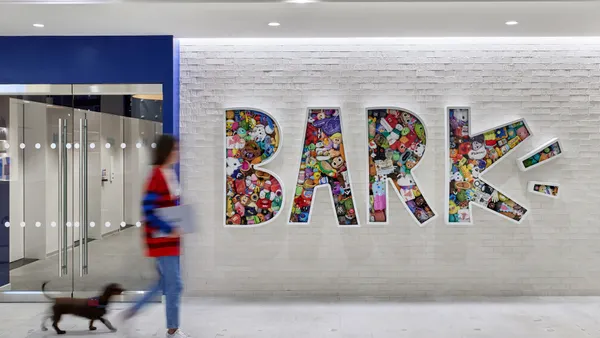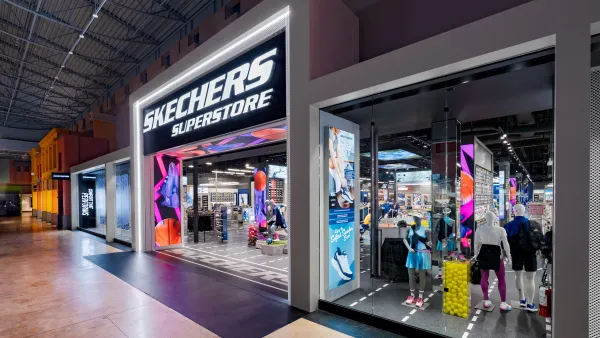NEW YORK — In 2017, 21 major retailers filed for bankruptcy, 9,000 stores closed and 170,000 retail employees lost their jobs. By most accounts, it was a rough year to be a retailer, but the industry has pushed back hard on the notion that these statistics all point to signs of the apocalypse.
At the National Retail Federation's Big Show this week, executives and experts fought to disprove the myth by shining a light on innovation. Those outside of this world have long criticized the industry for its sluggish response to change. But innovation was alive and well at the first big trade show of the year, indicating that retailers in 2018 are serious about adopting a "fail fast" startup mentality — or at least taking steps to.
If you ask Lee Peterson, executive vice president of Brand, Strategy & Design at WD Partners, 2018 will be defined by a Japanese proverb: The reverse side has a reverse side.
"There is no such thing as a retail apocalypse," Peterson told attendees of the show on Monday. "Some are bad and some are good. There's a tremendous bifurcation of retailers. The bad ones are the ones that get all the focus."
This year, retailers' New Years' resolutions should be to look at data with a new outlook.
In conversations with between 5,000 and 6,000 consumers last year, WD Partners heard a lot of them harp on unhelpful store associates and disorganized stores. But the same customers said what they liked about their favorite retailers was fast shipping and great customer service. Where there is the yin, there is also the yang.
To some, the thought of e-commerce sales eclipsing store sales in five to six years is terrifying — but Peterson argued that retailers and brands should embrace the opportunity.
"When a retailer opens a new store, traffic to the website jumps 52% in the first six weeks," he said. "This applied mostly to dot com guys, like Warby Parker would open a store and web traffic would go up, but the same is true for any store. The store is successful just by being there."
Consumers are also opening up to new concepts, Lee added. In the survey, WD Partners asked customers to respond to emerging features like buy online/pickup in store and showrooms, and decide whether they would increase their likeliness of purchasing.
With little surprise, having food onsite had one of the highest responses, with 63% of customers saying it would drive a purchase. Meanwhile, showrooms garnered interest from 58%, experiential retail 50% and BOPIS 53%. However, only 35% said pop-up stores would drive them to buy.
All of this is to say that the traditional metrics of year-over-year sales, foot traffic and conversion rates are no longer the most important insights. In 2018, brand engagement, entertainment and social interaction will all be critical, Peterson said.
"In the attention economy — Facebook, YouTube, Instagram — that's all they talk about. The same holds true for physical stores," he said. "How do you keep people there? You can't just have a cool looking store, it's more than that."
Yes, e-commerce darlings like Warby Parker and Rent the Runway are often brought in as examples of innovation and the future of retail, but now even the stalwarts are getting on board — because they have to.
Last year, one of the biggest stalwarts in the business held 20,000 holiday parties in stores, increased its online sales by 63%, learned how to showroom and sought to understand the digital native.
"Is Walmart out-innovating you?" Peterson asked. "Yes, it's sad but it's true.





